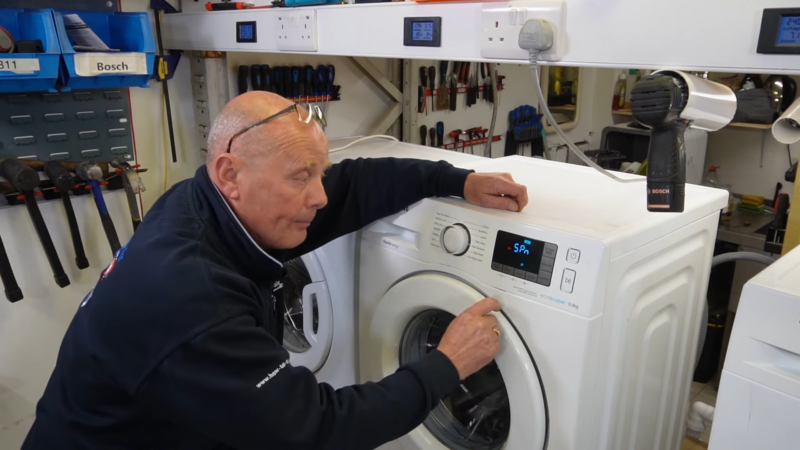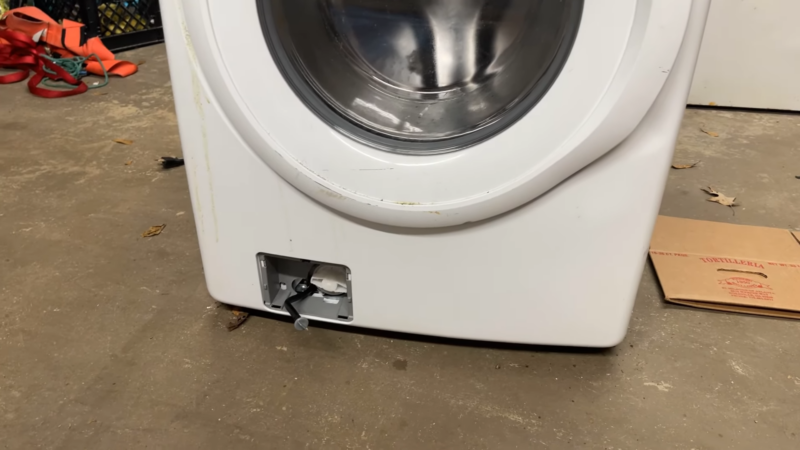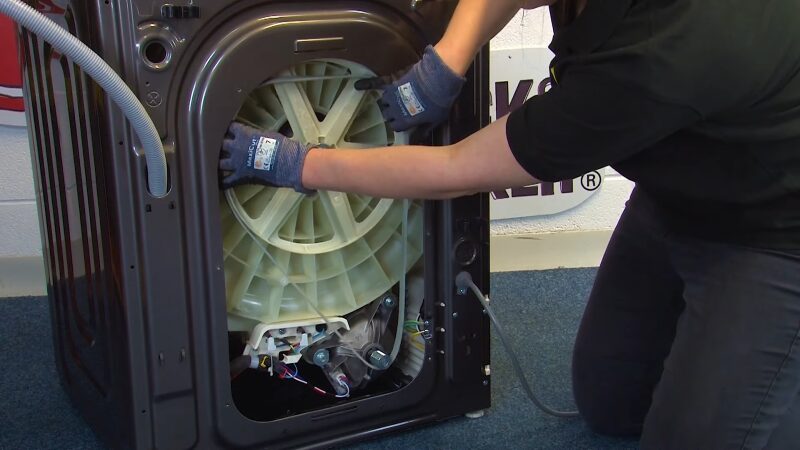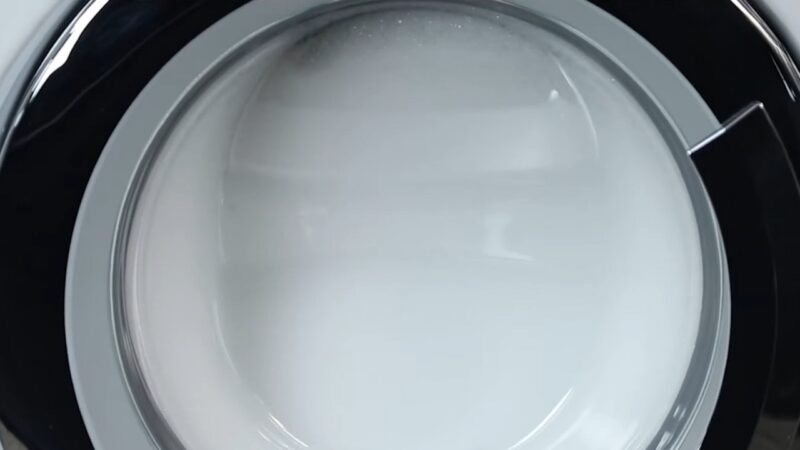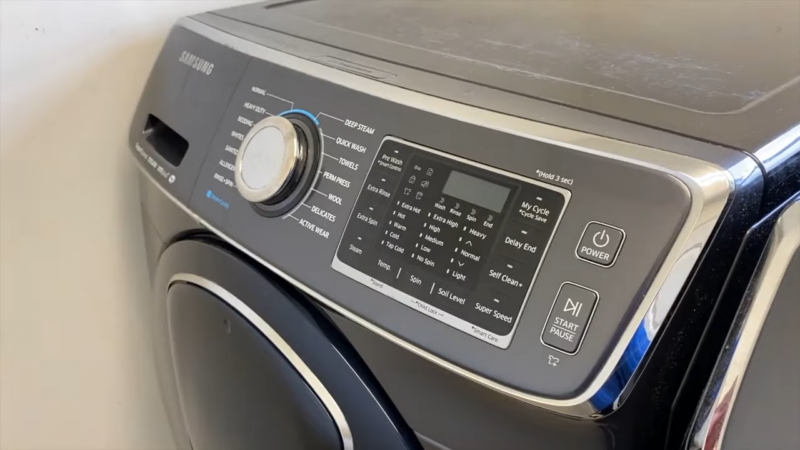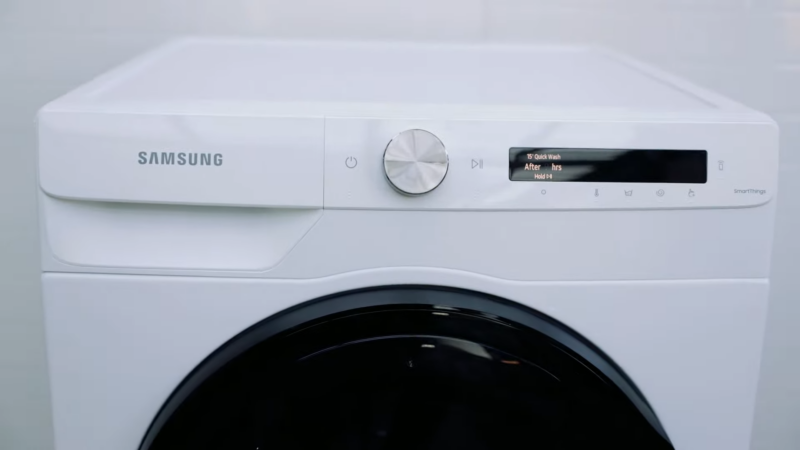Samsung washing machines are popular and reliable household appliances, but issues can arise over time.
This guide covers common problems with Samsung washers and provides straightforward troubleshooting tips to resolve them efficiently .
Check and clean filters and hoses for clogs to prevent drainage issues.
Confirm connections and inspect the heating element and thermostat if water isn’t heating.
Avoid overloading and ensure the machine is on a level surface; consult the manual if noise persists.
Clean filters and check hoses, pressure valve, and inlet seals for clogs or wear.
Unplug, examine the drive belt for wear, and replace if needed to keep the machine running smoothly.
Tighten hoses, inspect door seals, and replace the gasket if leaks continue.
Check power, door latch, and water supply; reset if necessary, and consult a technician if unresolved.
Addressing these common issues promptly can help maintain the efficiency and longevity of the washing machine. Samsung washing machines, like many other brands such as Whirlpool or Bosch, can occasionally experience issues.
Common problems include:
Improper drainage
Inefficient water heating
Excessive noise during operation
Irregular water flow
Damaged drive belts
Water leakage
Excessive foaming
Unresponsive buttons
Failure to start
Blockages in the pump system or hoses typically cause draining problems. One common issue is inadequate drainage, often caused by a blocked hose .
To resolve this, inspect and clear the filters, and disconnect the hoses to check for clogs.
Clean the filters thoroughly and inspect the pipes for any visible damage.
VIDEO Excess noise can result from multiple causes, including overloading or an uneven surface .
If these are not the problems, it is best to consult the machine’s manual for detailed troubleshooting steps.
VIDEO Remove the Drive Belt to check the damage
To inspect and replace the drive belt, follow these steps:
Turn Off and Unplug : Disconnect the machine from power for safety.Access the Back Panel : Move the machine from the wall, unscrew the back panel, and remove it.Remove the Drive Belt : Locate the drum and motor pulleys, then slide the belt off carefully.Inspect the Belt : Check for wear; if damaged, replace with a new belt.Fit the New Belt : Place the new belt around the pulleys and rotate the drum pulley manually to ensure proper fit.Reassemble : Reattach the back panel, plug in the machine, and test.
Leaks typically occur due to loose hose connections or an improperly closed door.
Check all hose connections and tighten them securely.
Make sure the door is firmly closed and seals properly before starting a wash cycle.
If leaks persist, inspect the door gasket for signs of wear or damage, as a worn gasket may need replacement to prevent further leakage.
Excess foam in your washing machine often results from using the wrong detergent or too much of it.
Here’s how to troubleshoot:
Use Compatible Detergent: Ensure you’re using the right detergent for your machine, like HE detergent for high-efficiency washers.
Measure Correctly: Follow the detergent label’s recommended amount to avoid excess suds.
Run a Rinse Cycle: Run an empty rinse cycle to clear excess foam.
Clean the Machine: Use the washer’s cleaning cycle with a cleaning tablet or solution to remove any buildup.
If foam persists, consult a technician, as there may be an issue with the washer’s components, such as the water level sensor.
Non-functional buttons on a washing machine typically point to issues within the control panel.
Start by checking the power outlet to ensure a stable connection; loose or faulty outlets can disrupt power flow, affecting button response.
Next, examine each button for any signs of sticking or physical obstruction, as debris or residue can prevent buttons from pressing correctly.
If power and button function seem intact, the issue may lie within the machine’s electronic board or circuitry, where internal wear, moisture, or damage can affect button sensitivity and function.
In such cases, troubleshooting can be complex, so it’s best to consult a qualified technician who can diagnose and repair potential control panel or electronic board faults to restore full functionality.
If your washing machine won’t start, it may be due to a water supply issue.
First, check that all faucets are open and that filters are clear of any blockages, according to the Samsung website .
If the water supply is fine, try resetting the machine by turning off the power, waiting for five minutes, and plugging it back in.
Additionally, inspect the door latch, as some machines won’t start if the door isn’t securely closed.
Confirm that the power cord is fully plugged in and that there’s no visible damage to the cord or plug.
